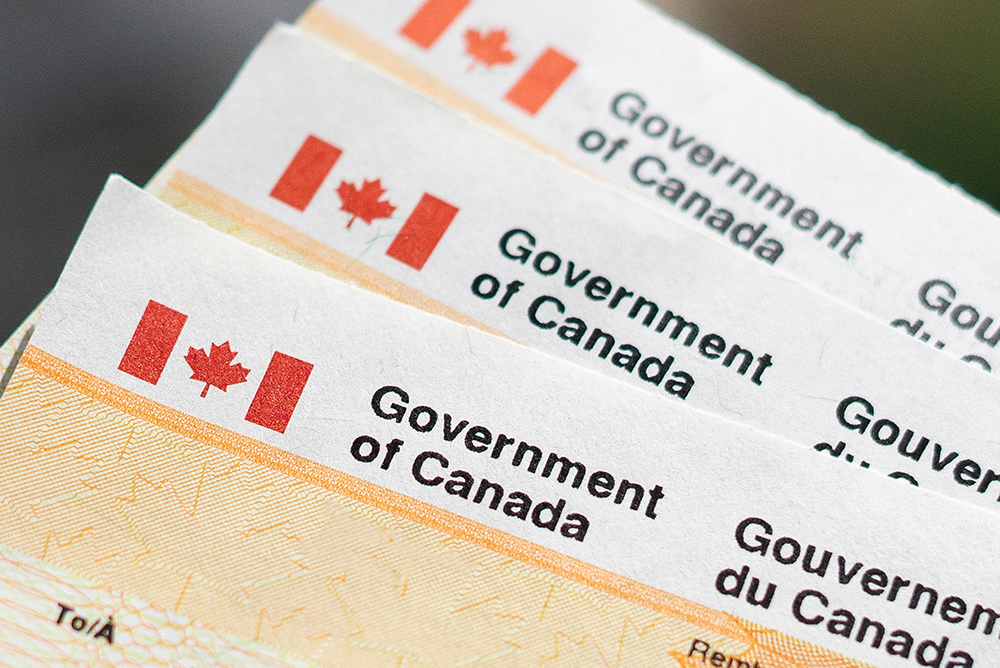Commentary
Recently, the Trudeau government announced it would increase the federal backstop carbon levy to $170 per tonne between now and 2030. This backgrounder considers options for fiscal policy reform in Alberta that would be made possible by the provincial government repatriating the full amount of the carbon levy (most of…
The Trudeau government recently announced the extension of the GST to include digital products and services sold remotely to Canadians by foreign suppliers. This change is sometimes referred to as the “Netflix Tax.” The tax policy change is long overdue, and will ensure foreign suppliers of digital services to Canadians…
Provincial governments across Canada face a conflict of interest surrounding the policy treatment of alcohol, tobacco and gambling. On the one hand, all provinces derive substantial revenues from “sin taxes” or from providing these goods and services through government monopolies. These revenues flow into consolidated revenue funds for the year…
The first part of this 2021 edition of the Bilan de la fiscalité au Québec presents the tax announcements made by the Québec and federal governments, and by those of the other provinces, since the previous edition of the report. The next two sections compare Québec against the other Canadian…
To address wealth inequality, and to improve functioning of our tax system, tax rates on capital gains income should be increased. The current tax preference for capital gains costs upwards of $15 billion annually. To equalize the tax treatment of gains and other income, the inclusion rate for capital gains…
We identified over 4000 recipients of the Canada Emergency Wage Subsidy that are part of large corporate groups with at least $600 million in assets. This list includes 190 companies owned by Canadian billionaires, including the Thomson, Irving, Rogers, and Péladeau families, and 1829 companies in foreign-controlled multinational enterprises. These…
This is the final commentary in a three-part series examining possible reforms to Canada’s approach to taxing capital income. In this third commentary, I bring the material from the first two commentaries together and describe a tax reform package applied to the two sides of the capital market that would…
This commentary examines recent differences in growth rates and interest rates at the federal and provincial levels in order to estimate the future paths of public-sector debts. The results provide a novel perspective on a recurring theme in Canada’s debt sustainability debates—namely, that Ottawa is in a better position than…
The federal government has overcompensated Canadians for their lockdown-related income losses. The amount of money involved is substantial. Although overcompensation does not seem to have been a policy objective at the outset, it has been embraced. This expensive flaw in Canada’s response to the COVID-19 pandemic compromises fairness and limits…
Federal emergency wage subsidies are poorly targeted, resulting in a fiscal cost of about $14,500 for each person-month of employment saved through the program, or $188,000 per job year. Reductions in subsidy rates which began in September had only small impacts on employment, while reducing the fiscal cost of the…










